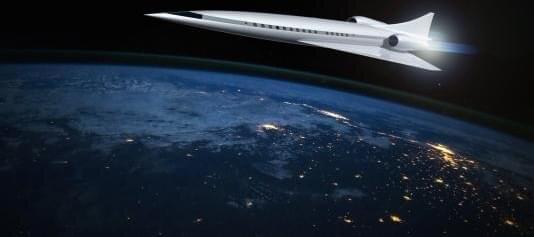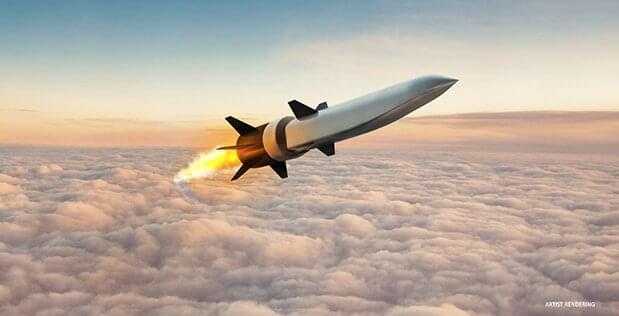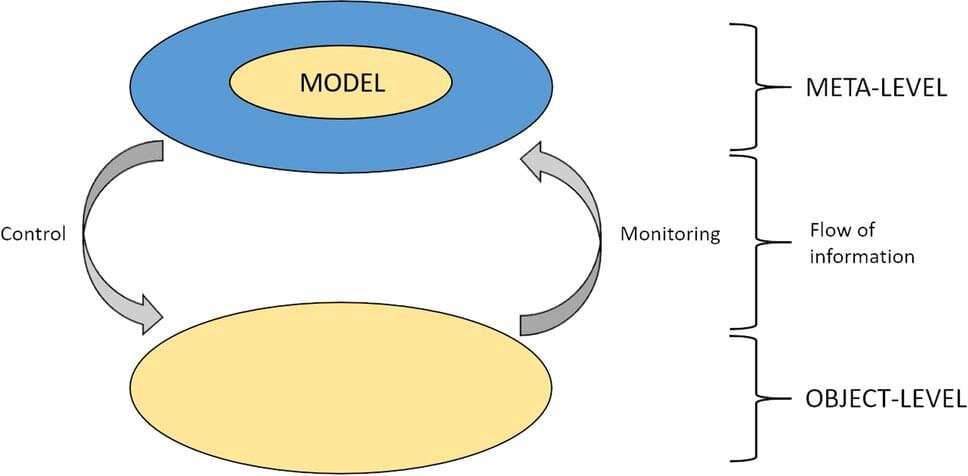“What the Brain says about Machine Intelligence” Jeff Hawkins Co-founder, Numenta 21 Nov 2014.
Get the latest international news and world events from around the world.
Engineers develop stickers that can see inside the body
Ultrasound imaging is a safe and noninvasive window into the body’s workings, providing clinicians with live images of a patient’s internal organs. To capture these images, trained technicians manipulate ultrasound wands and probes to direct sound waves into the body. These waves reflect back out to produce high-resolution images of a patient’s heart, lungs, and other deep organs.
Currently, ultrasound imaging requires bulky and specialized equipment available only in hospitals and doctor’s offices. But a new design by MIT engineers might make the technology as wearable and accessible as buying Band-AIDS at the pharmacy.
In a paper appearing today in Science, the engineers present the design for a new ultrasound sticker —a stamp-sized device that sticks to skin and can provide continuous ultrasound imaging of internal organs for 48 hours.

Breakthrough in faster-than-sound jet engines
Almost 75 years ago, U.S. Air Force pilot Chuck Yeager became the first person to fly faster than the speed of sound. Engineers have been pushing the boundaries of ultrafast flight ever since, attaining speeds most of us can only imagine.
Today, military fighter jets like the F-15 routinely surpass Mach 2, which is shorthand for twice the speed of sound. That’s supersonic level. On a hypersonic flight—Mach 5 and beyond—an aircraft travels faster than 3,000 miles per hour. At that rate, you could make it from New York to Los Angeles on a lunch break.
The same propulsion technology that goes into rockets has made hypersonic speeds possible since the 1950s. But to make hypersonic flight more common and far less expensive than a rocket launch, engineers and scientists are working on advanced jet engine designs. These new concepts represent an enormous opportunity for commercial flight, space exploration and national defense: Hypersonic aircraft could serve as reusable launch vehicles for spacecraft, for example.

DARPA’S Hypersonic Air-breathing Weapon Concept achieves successful flight
DARPA, in partnership with the U.S. Air Force, completed a free flight test of its Hypersonic Air-breathing Weapon Concept (HAWC) last week. The missile, built by Raytheon Technologies, was released from an aircraft seconds before its Northrop Grumman scramjet (supersonic combustion ramjet) engine kicked on. The engine compressed incoming air mixed with its hydrocarbon fuel and began igniting that fast-moving airflow mixture, propelling the cruiser at a speed greater than Mach 5 (five times the speed of sound).
The HAWC vehicle operates best in oxygen-rich atmosphere, where speed and maneuverability make it difficult to detect in a timely way. It could strike targets much more quickly than subsonic missiles and has significant kinetic energy even without high explosives.
“The HAWC free flight test was a successful demonstration of the capabilities that will make hypersonic cruise missiles a highly effective tool for our warfighters,” said Andrew “Tippy” Knoedler, HAWC program manager in DARPA’s Tactical Technology Office. “This brings us one step closer to transitioning HAWC to a program of record that offers next generation capability to the U.S military.”
Using simple bitmap sketches to make 3D characters in video games look more realistic
What’s the best way to get 3D characters in videogames to look real and expressive? Two computer scientists at Université de Montréal have come up with answer: use simple bitmap sketches to make their poses more lifelike.
Assistant professor Mikhail Bessmeltsev and his Ph.D. student Kirill Brodt have developed an animation tool that uses drawings to control how videogame characters stand and move in three dimensions.
The duo’s study is published on July 22 in ACM Transactions on Graphics. We asked them to tell us more.
How to help assembly-line robots shift gears and pick up almost anything
At the beginning of the COVID-19 pandemic, car manufacturing companies such as Ford quickly shifted their production focus from automobiles to masks and ventilators.
To make this switch possible, these companies relied on people working on an assembly line. It would have been too challenging for a robot to make this transition because robots are tied to their usual tasks.
Theoretically, a robot could pick up almost anything if its grippers could be swapped out for each task. To keep costs down, these grippers could be passive, meaning grippers pick up objects without changing shape, similar to how the tongs on a forklift work.

Just add water to activate a disposable paper battery
A water-activated disposable paper battery is presented in a proof-of-principle study in Scientific Reports. The authors suggest that it could be used to power a wide range of low-power, single-use disposable electronics—such as smart labels for tracking objects, environmental sensors and medical diagnostic devices—and minimize their environmental impact.
The battery, devised by Gustav Nyström and colleagues, is made of at least one cell measuring one centimeter squared and consisting of three inks printed onto a rectangular strip of paper. Sodium chloride salt is dispersed throughout the strip of paper and one of its shorter ends has been dipped in wax. An ink containing graphite flakes, which acts as the positive end of the battery (cathode), is printed onto one of the flat sides of the paper while an ink containing zinc powder, which acts as the negative end of the battery (anode), is printed onto the reverse side of the paper. Additionally, an ink containing graphite flakes and carbon black is printed on both sides of the paper, on top of the other two inks. This ink connects the positive and negative ends of the battery to two wires, which are located at the wax-dipped end of the paper.
When a small amount of water is added, the salts within the paper dissolve and charged ions are released. These ions activate the battery by dispersing through the paper, resulting in zinc in the ink at the negative end of the battery releasing electrons. Attaching the wires to an electrical device closes the circuit so that electrons can be transferred from the negative end—via the graphite and carbon black-containing ink, wires and device—to the positive end (the graphite-containing ink) where they are transferred to oxygen in the surrounding air. These reactions generate an electrical current that can be used to power the device.

Creating artificial intelligence that acts more human
A research group from the Graduate School of Informatics, Nagoya University, has taken a big step towards creating a neural network with metamemory through a computer-based evolution experiment. Their paper appears in Scientific Reports.
In recent years, there has been rapid progress in designing artificial intelligence technology using neural networks that imitate brain circuits. One goal of this field of research is understanding the evolution of metamemory to use it to create artificial intelligence with a human-like mind.
Metamemory is the process by which we ask ourselves whether we remember what we had for dinner yesterday and then use that memory to decide whether to eat something different tonight. While this may seem like a simple question, answering it involves a complex process. Metamemory is important because it involves a person having knowledge of their own memory capabilities and adjusting their behavior accordingly.

New bioremediation material can clean ‘forever chemicals’
A novel bioremediation technology for cleaning up per-and polyfluoroalkyl substances, or PFAS, chemical pollutants that threaten human health and ecosystem sustainability, has been developed by Texas A&M AgriLife researchers. The material has potential for commercial application for disposing of PFAS, also known as “forever chemicals.”
Published July 28 in Nature Communications, the research was a collaboration of Susie Dai, Ph.D., associate professor in the Texas A&M Department of Plant Pathology and Microbiology, and Joshua Yuan, Ph.D., chair and professor in Washington University in St. Louis Department of Energy, Environmental and Chemical Engineering, formerly with the Texas A&M Department of Plant Pathology and Microbiology.
Removing PFAS contamination is a challenge
PFAS are used in many applications such as food wrappers and packaging, dental floss, fire-fighting foam, nonstick cookware, textiles and electronics. These days, PFAS are widely distributed in the environment from manufacturing or from products containing the chemicals, said Dai.
The lab will work in areas such as quantum computing
The lab will work in areas such as quantum computing, explainable artificial intelligence (AI) that presents data in a manner that can be understood by humans, and Metaverse, a virtual world where people can connect through their digital avatars.
Tech Mahindra already has 10 Makers Lab across the world and the new unit at Mahindra University will be the 11th facility globally and second in Hyderabad, said the company.
“With the launch of Makers Lab, we will provide many talented and skilled individuals, with the opportunity to progress for a greater cause,” said CP Gurnani, MD & CEO, Tech Mahindra.